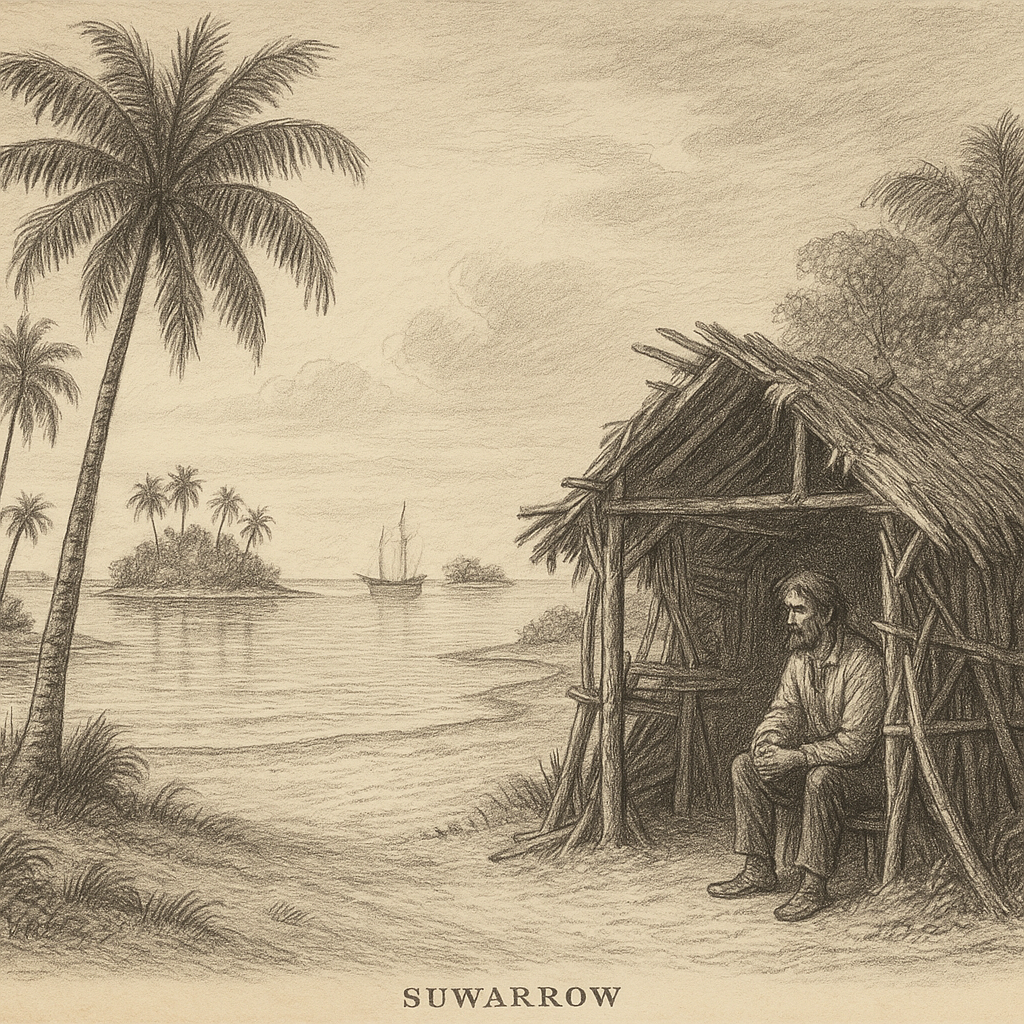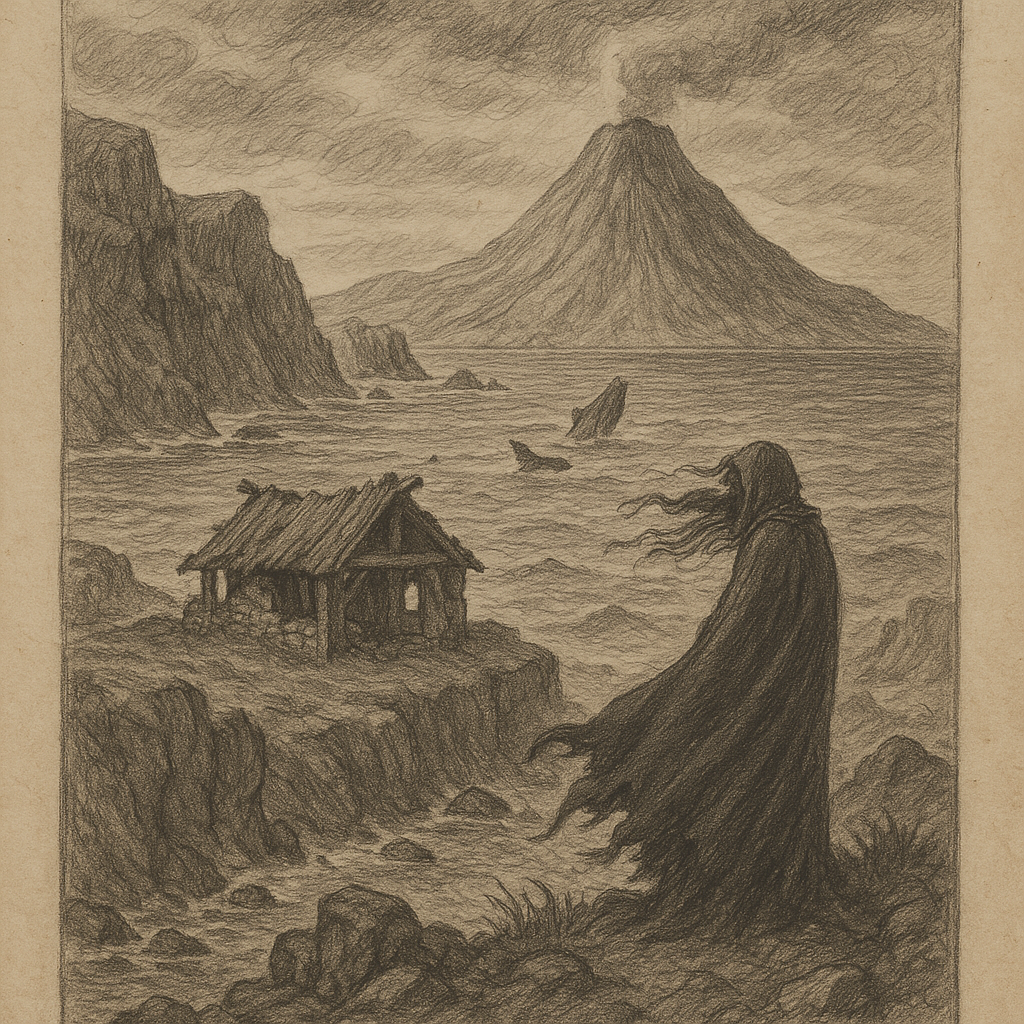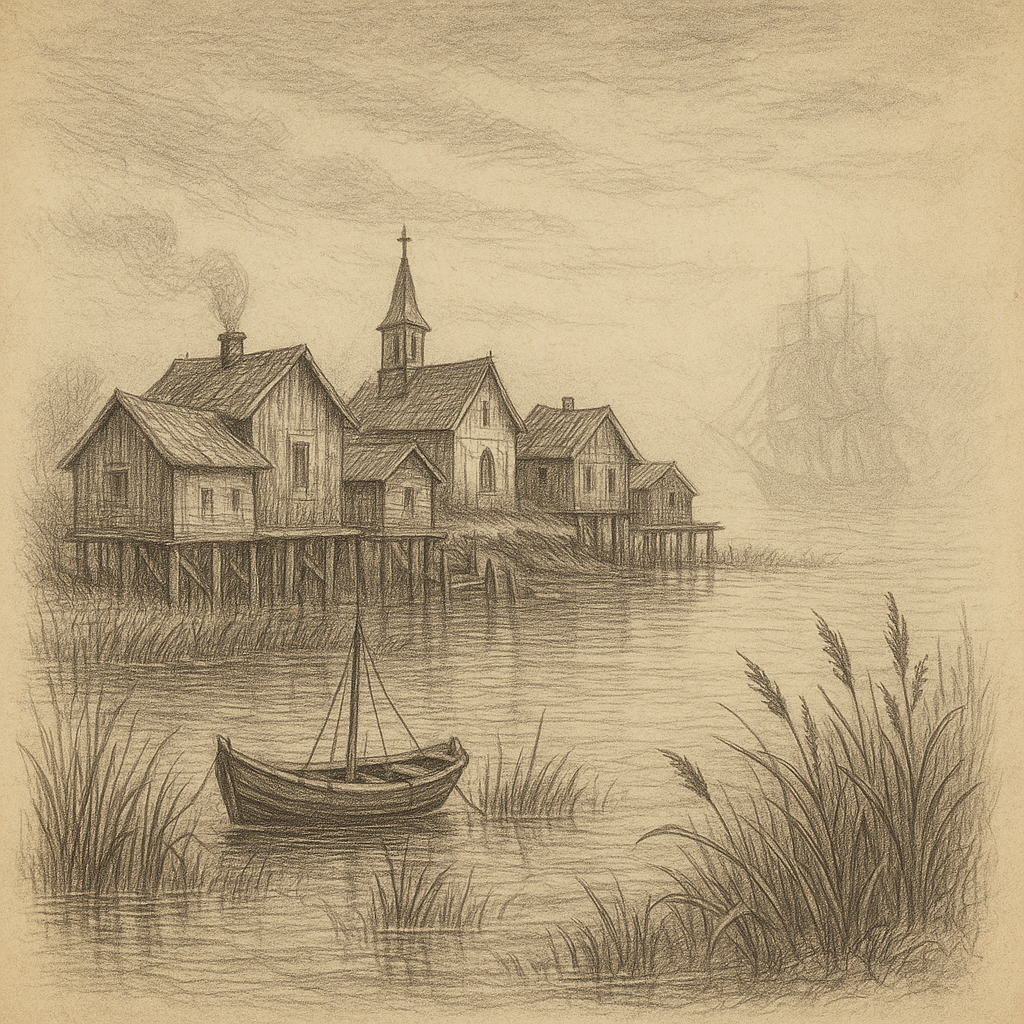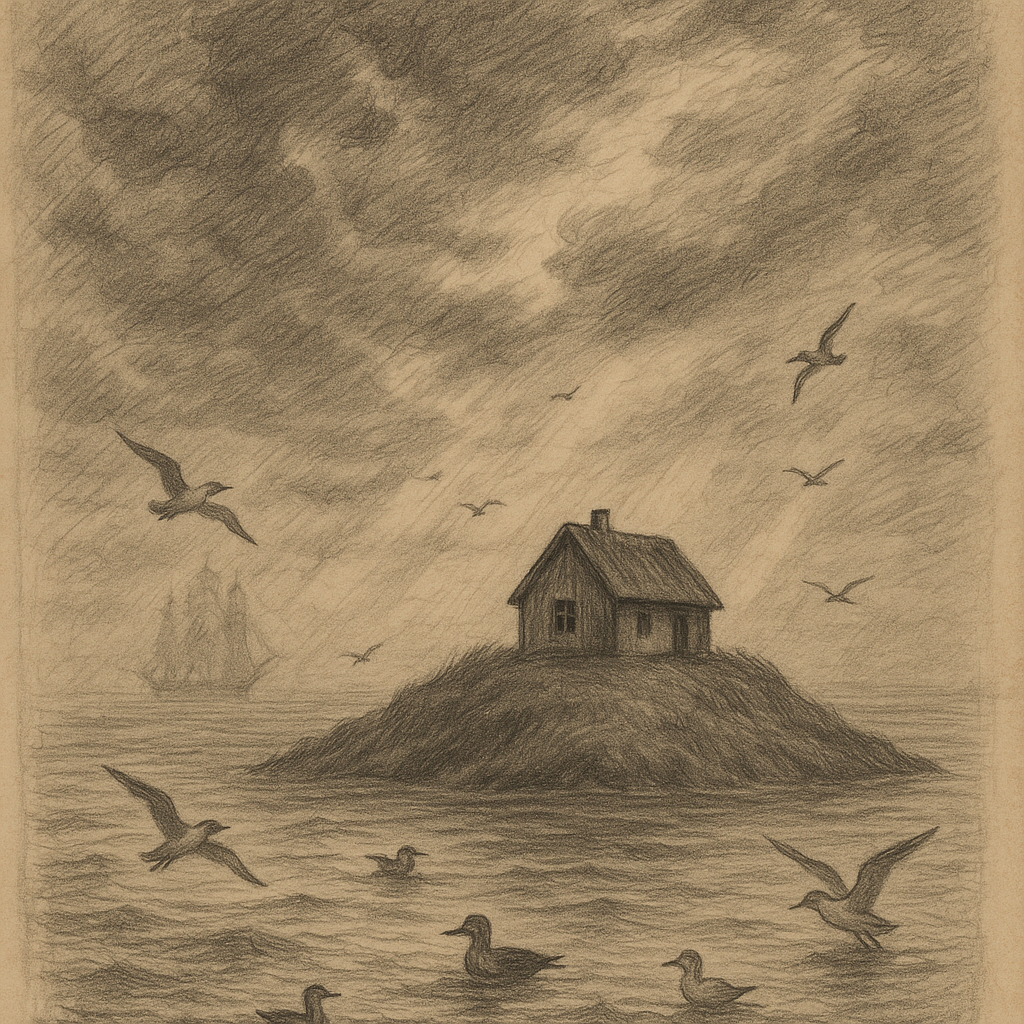Remote Paradise in the Pacific: Suwarrow Atoll
Suwarrow, also spelled Suvorov, is a remote coral atoll located in the central South Pacific Ocean. Part of the Cook Islands, this uninhabited atoll exudes mystery and natural beauty, attracting only a handful of visitors each year. Isolated from modern civilization and deeply connected to Polynesian culture and maritime legends, Suwarrow offers a glimpse into a forgotten world defined by pristine nature and extraordinary resilience.
Location and Geography
Suwarrow Atoll lies roughly halfway between Samoa and the northern Cook Islands, approximately 930 kilometers northwest of Rarotonga, the capital of the Cook Islands. It is part of the northern group of the Cook Islands and is situated in the South Pacific Ocean’s vast blue expanse. The atoll comprises more than 20 small islets surrounding a large central lagoon, covering a total land area of only 0.4 square kilometers, but encircling a lagoon that spans over 80 square kilometers.
With a low elevation and consisting primarily of coral debris, sandbars, and coconut palms, the atoll is extremely vulnerable to tropical cyclones and rising sea levels. Anchorage Island, the largest and most significant islet of the atoll, has served historically as the primary landing and living site for visitors.
Flora and Fauna
Suwarrow is a declared national park and marine sanctuary, and its rich biodiversity is carefully protected. The atoll functions as an important breeding site for a variety of seabird species, including greater and lesser frigatebirds, red-tailed tropicbirds, masked boobies, and sooty terns. It has been recognized as an Important Bird Area (IBA) by BirdLife International.
The lagoon and the surrounding waters are home to abundant marine life, including various species of reef sharks, manta rays, sea turtles, and colorful coral ecosystems. Coconut crabs, considered critically endangered in some parts of the Pacific, thrive on Suwarrow’s islets due to the absence of predatory mammals.
Historical Background
Suwarrow was discovered in 1814 by the Russian-American Company ship Suvorov, named after the Russian general Alexander Suvorov. Although uninhabited for most of its history, the atoll has a colorful past involving European adventurers, Polynesian travelers, and reclusive hermits.
Perhaps the most famous of Suwarrow’s residents was Tom Neale, a New Zealand-born writer and survivalist who voluntarily lived alone on the atoll for extended periods between 1952 and 1977. His autobiographical book “An Island to Oneself” details his experiences, highlighting both the challenge and spiritual fulfillment of solitary island life. Neale built a hut, cultivated food, and lived entirely from the land and sea, making his story one of the most compelling examples of modern-day hermitage.
Modern Presence and Access
Today, Suwarrow is considered one of the least visited and most isolated national parks in the world. It is uninhabited except for seasonal caretakers appointed by the Cook Islands National Environment Service. These caretakers, usually a husband-and-wife team, spend a few months each year overseeing maintenance, monitoring wildlife, and greeting the occasional sailing vessel.
Access to Suwarrow requires special permits issued by Cook Islands authorities, and only yachts and small expedition vessels can reach the atoll due to its remote location and lack of infrastructure. There are no airstrips or regular transport links, and all visitors must be self-sufficient and respectful of the environmental regulations in place.
Legends and Myths
Suwarrow’s remoteness has made it the subject of many legends, particularly among Polynesian navigators. According to local lore, the atoll served as a sacred resting point for voyaging canoes crossing vast ocean distances. Some legends say it is protected by guardian spirits who ward off those with ill intentions, and others speak of hidden treasures buried long ago by pirates who vanished without a trace.
One enduring maritime tale surrounds the 19th-century treasure hunter Eli Jennings, who is said to have searched in vain for a great trove of gold hidden in the sands of Suwarrow. Though no treasure has been confirmed, stories of ghostly figures and mysterious lights seen in the lagoon on moonless nights continue to fascinate travelers and sailors who approach the island.
Intriguing Facts
– Suwarrow was designated a national park in 1978, making it one of the earliest such marine sanctuaries in the South Pacific.
– The lagoon teems with blacktip and grey reef sharks, making it a popular spot for adventurous divers.
– Tom Neale’s hut, built with driftwood and salvaged materials, still partially stands to this day and is maintained as a historical site.
– Suwarrow is only open to visitors from May to October, during the South Pacific’s cyclone off-season.
– Because of its ecological sensitivity, plastic products and non-native species are strictly prohibited on the island.
– The atoll is considered one of the best-preserved ecosystems in the Cook Islands, due to minimal human impact.
Conclusion
Suwarrow Atoll remains one of the last true wild spaces in the Pacific—a sanctuary for both wildlife and the human spirit. Its untouched environment and sense of solitude continue to capture the imaginations of those who reach its shores. Wrapped in myths, shaped by nature, and protected by law, Suwarrow is more than just an island—it is a living reminder of the delicate balance between man and the natural world, and a symbol of enduring wilderness in the modern age.



